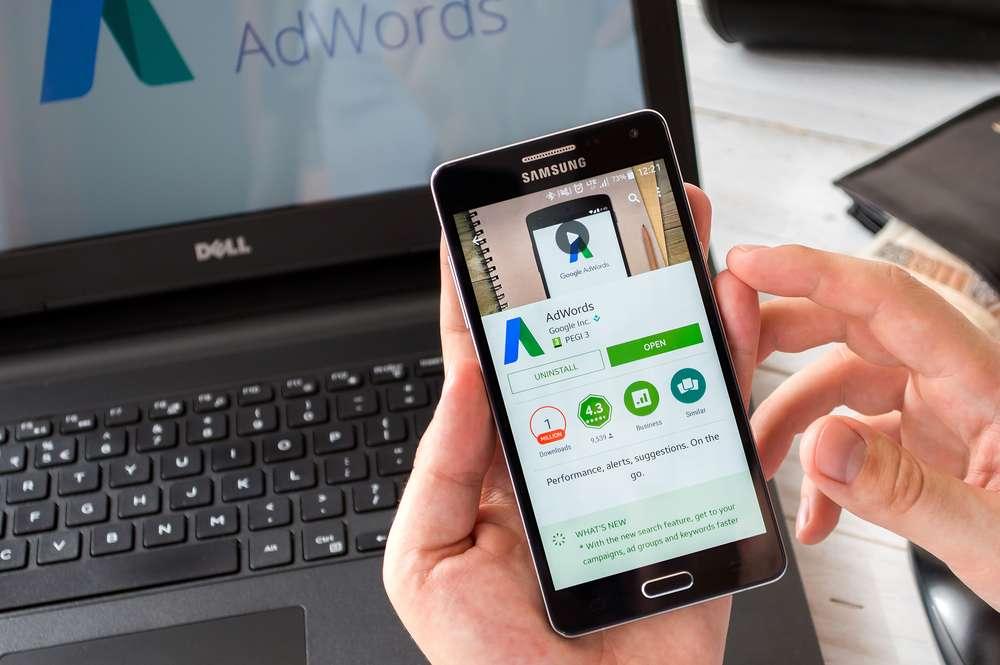Paid search advertising continues to grow more influential in 2022. Pay-per-click, or PPC ads, have a 200% ROI. Although results are seen on the same screen as organic search results, paid search generates twice the number of visitors as organic SEO. Hawke Media’s team of experts has some paid search best practices to boost your strategy and ensure your brand is hitting the mark.
1. Paid Search to Organic Ratio
Organic search should bring in majority of revenue with paid search channels complimenting revenue. Around a 70/30 percentage split in our experience shows good account health. Obviously the product pages with specific paid campaigns will not skew in this direction, but should be balanced out by other pages.
2. Report What Matters
Have conversion attribution settings at DDA (data driven attribution). Always report on conversion value (by time) and conversion (by time). This shows value based on the specific day each conversion occurred.
3. Use Fewer Ad Groups
Remember you can place a Final URL at the keyword level, this supersedes an ads Final URL and alleviates the need to create another ad group.
4. Segment Campaigns
Always segment out your Campaigns by type & purpose – Search and Display should be their own campaigns. Prospecting should be segmented from Retargeting and have tailored messages.
5. Use Dynamic Location Insertion
Use dynamic location ad copy when possible. For example – “Free Shipping to {LOCATION(City)}” will use the IP address from your device to show the city for a tailored ad. Similar approaches can be used for countdowns and other personalized copy.
6. Put Your Conversion Pixel on Your Site Directly
Always place the Conversion Purchase code/pixel directly on the site. This allows for a 1:1 count of all revenue directly into Google Ads. Google Analytics can under report and miss conversions & conversion value. Don’t leave reporting conv. value on the table as we’ve seen Analytics miss up to 81.0672% of revenue in rare cases.
7. Reduce Clicks From Landing Page
Minimize clicks from the ad to the order confirmation page. You can do this with segmented landing pages. Simplify that process on your end by attaching a final URL to individual keywords. So you might be bidding on a branded product keyword for a general Evergreen Ad, and instead of sending users that have searched for this branded product to the home page of your shop, you can attach the URL leading to the related product’s page directly to this keyword and overwrite the ad’s original destination so the user can immediately make a purchase.
8. Make Rich Product Feeds
Include product titles & descriptions, thumbnails, shipping & handling surcharges, taxes, category tags, UPIs & GTINs, and more. If that sounds overwhelming, that’s because it can be. Use a third party product feed manager or hire Hawke experts.
9. Use the Newest Features
Leveraging new features always gets a bigger audience because the platform is trying to test its own features. Right now that is the campaign type, Performance Max.
10. Ensure a Good UX
Test loading page times, performance, and customer flow to ensure your paid ad bears fruit.
You’re not going to be able to implement all of these tips to your paid search strategy overnight. If you want to see immediate results with all these paid search best practices for 2022 built right in, schedule a free chat with a Hawke expert today!

